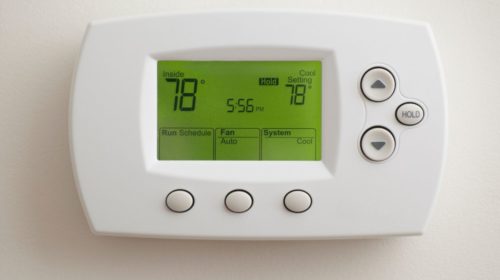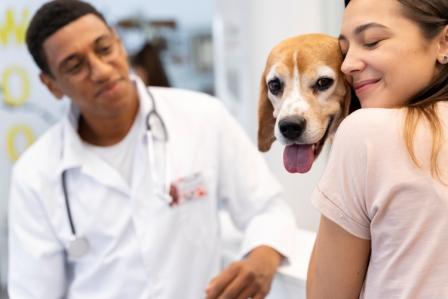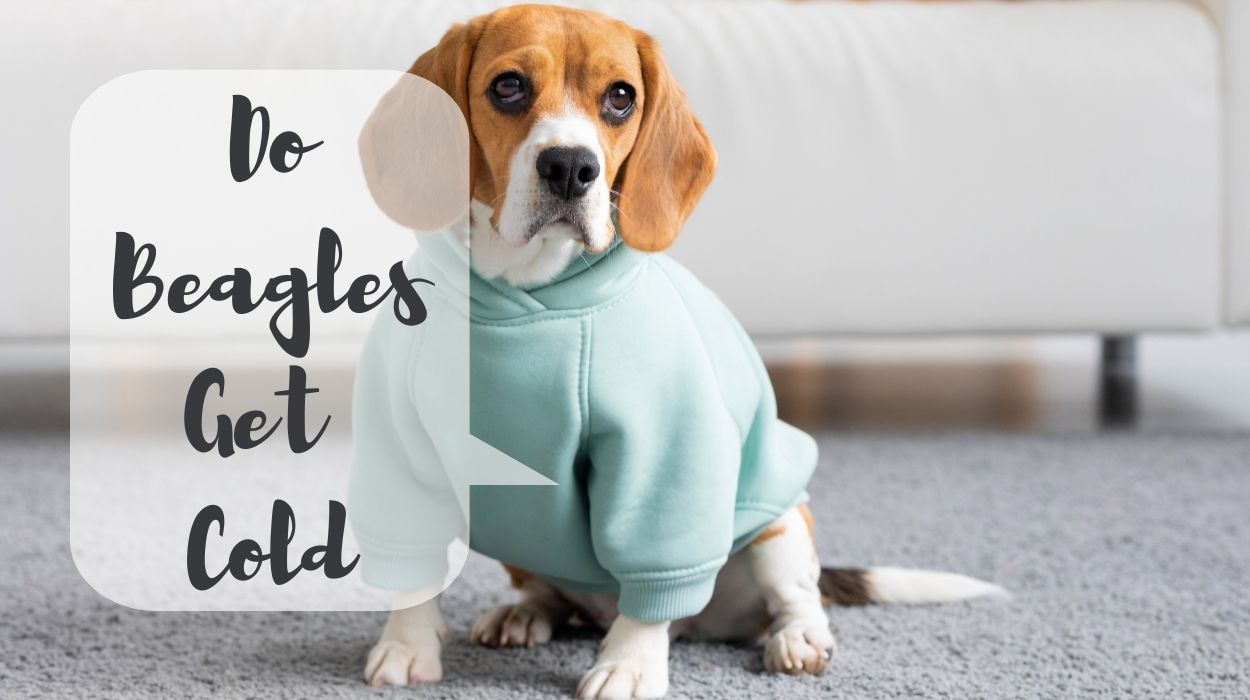Beagles, like any average dog, can thrive in most climates. They have a coat of short hair which keeps their body temperature regular. Now, the question arises: do Beagles get cold in low-temperature environments?
Though Beagles can survive moderately cold climates, they are not made for extreme cold. Their coat is made up of short fur, which doesn’t provide extra warmth to them. Beagles can catch a cold and show symptoms like shivering or dripping nose if exposed to extreme cold.
If you are raising a Beagle and have questions about them dealing with cold, read ahead! We have listed some essential facts and tips about hypothermia and Beagles surviving in a cold climate.
Hypothermia in Dogs

Hypothermia in dogs is caused if they are exposed to extreme cold without any source of warmth. In this condition, your dog’s body temperature drops lower than usual. If suffering from hypothermia, your Beagle will not produce the required amount of body heat.
The average body temperature in Beagles (along with other dogs) should range between 101-102.5 F. If it’s below this level, you must take your dog to the vet. Hypothermia can also be caused due to old age or a weak immune system.
Your Beagle will show the following symptoms if it’s suffering from hypothermia:
- Shivering
- Runny nose
- Lethargy
- Sneezing
- Pale gums
- Lack of coordination/balance
- Weakness
If any of these symptoms are visible, you must immediately consult a vet. Hypothermia ranges from mild to severe. However, mild hypothermia can be treated easily but severe hypothermia can prove to be fatal for your Beagle if left untreated.
How does Hypothermia occur?
Hypothermia is primarily caused when your dog is exposed to a cold climate for a long time. If you live in a cold place, you must ensure that your Beagle is well-protected from the cold. However, you should avoid getting a Beagle as a pet in cold areas.
You must take special care of your Beagle at the young puppy stage since they have a developing internal system, and exposing them to cold places can make them prone to hypothermia. Also, dogs get weak over time, so senior dogs are prone to the condition.
Hypothermia does have causes other than extreme cold. Shock or trauma can be another significant cause of your dog’s hypothermia. Anesthetic doses given by the vets can also cause it. Hypothyroidism is another kind of disease that can cause hypothermia as it is a disease of the brain’s hypothalamus. Hypothalamus is responsible for regulating the dog’s body temperature.
Thus, cold weather and other factors can also be the causing factors of hypothermia in dogs.
Beagle Winter Care: How to Prevent Your Beagle from Becoming too Cold
If you live in a cold climate, you must ensure that your Beagle isn’t exposed to the cold for too long. If the weather is too cold for you, it must be cold for your dog as well. Thus, outside time should be between 5-10 minutes if there is extreme cold.
Other than this simple way, you can take the following precautions to keep your Beagle from getting cold:
1. Warm clothes:

Special clothes for dogs are available everywhere today. You can get sweaters and dog boots for your Beagle to keep it protected from extreme cold. Dogs can get irritated when first introduced to clothes, so you must train them to wear clothes regularly. Use extra treats to condition them with sweaters and boots. Training them will require extra patience. Thus you must take one step at a time.
2. Adequate insulation:

Cold climates require solid insulation in homes. If you live in a frigid environment, make sure that your house is equipped with insulation to keep it warm. Also, keep the heating on if you leave the house and keep your Beagle at home. The warmth inside will help keep the Beagle’s body temperature balanced.
3. Keep the Beagle away from water sources:
You must be vigilant around your Beagle since it may end up playing in water or snow if you live in a snowfall-prone area. If the Beagle gets wet by any chance, immediately dry it off using warm towels and a hairdryer.
4. Regular vet checkups:

Even if you take all the precautions, you should schedule regular checkups with a vet. If your Beagle is showing any signs of weakness, fatigue, cold, or any kind of sickness, it is best to consult a professional.
5. Avoid letting the Beagle sleep outside:
Let the Beagle sleep inside the house instead of an outside kennel. Even if the dog is sleeping outside, insulate the kennel with hay and extra warm bedding.
If you suspect any symptoms related to hypothermia in your Beagle, try to follow these steps. These simple household tips will help you cure hypothermia if it’s in a mild range.
- Serve warm soup or any other warm liquids
- Use heating pads if you suspect shivering or runny nose
- Keep the Beagle in a warm room
- Check the temperature regularly
If these tips do not help with the cure to the symptoms the same day, immediately contact the vet. Treatment must begin immediately if your Beagle is diagnosed with hypothermia, as it may cause a threat to the dog’s life.
Final thoughts
Beagles are not accustomed to extreme cold weather. They can manage well in moderate cold, but they do not have thick coats like Golden Retrievers or Huskies. Big dogs like them have thick skins, which keeps them warm. On the other hand, Beagles have short hair, which does not trap their body heat.
Being exposed to extreme colds for a long time can cause hypothermia in them. Other factors like shock or anesthetic shots can also be the cause. You can always contact a vet if you suspect anything wrong with your Beagle’s health.
We would advise you to keep your Beagle inside the house most of the time since they cannot bear the extreme cold. Do not expose them to the cold for more than five to ten minutes. We hope this article will help you take care of your Beagle under cold circumstances.

Dr. Aram Baker has been with Santa Clarita Animal Hospital since 1995 and his special interests include behaviour medicine and dermatology. He graduated from the Cleveland Humanities Magnet Program in Reseda, CA and attended California State University at Northridge where he received a Bachelor’s degree in biology. He went on to pursue his Doctorate in Veterinary Medicine at the University of California at Davis. He also spent time in the zoological medicine department at U.C. Davis during his Junior and Senior years. He is dedicated to caring for all pets big or small, young or old with compassion, patience, kindness, and love.
